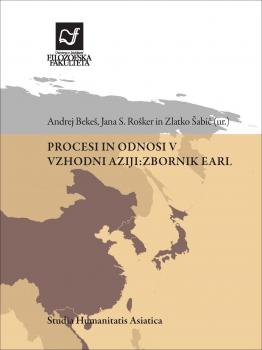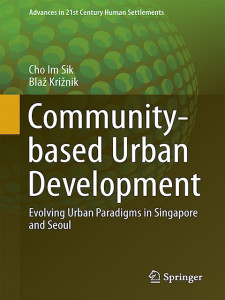With Kim Kon
The Developing Economies
Institute of Developing Economies | Chiba | 2024 | ISSN 0012-1533 | 1746-1049
Gentrification and displacement used to be an integral part of neighborhood transformation in Seoul, contributing to its economic and urban growth. While direct displacement has recently declined, new forms of displacement are emerging. This study employs a qualitative, case-oriented research approach to understand gentrification in Seoul by comparing neighborhood transformation and displacement in Sangwangsimni and Changsin-Sungin industrial clusters. In Sangwangsimni, the property-led urban redevelopment contributed to the direct displacement of residents. In contrast, Changsin-Sungin residents were able to remain in place because of the state-led urban regeneration. However, the latter resulted in residents’ feelings of powerlessness, emotional distress, and alienation, which increased displacement pressure and contributed to their indirect displacement. The consequences of neighborhood transformation for displacement reveal not only the changing scope of gentrification in Seoul but also the enduring role of the state in facilitating capital accumulation through the class remaking of the city.
Source: doi.org/10.1111/deve.12420.

 Markets used to be the major drive behind the transformation of localities in Korea. The state facilitated the commodification of localities through property-led urban redevelopment, which resulted in the demolition of deprived residential areas, displacement of the residents, heightened social conflicts, and destruction of social relationship networks. At the same time, localities were sites of grassroots struggles that challenged the state and struggled against the commodification of localities. Recently, the state recognized the negative consequences of urban redevelopment and started to promote state-led urban regeneration to improve the living environment and restore communal life in the cities. This chapter examines the changing relations between the state, property markets and community and their role in the transformation of localities and urban development in Seoul. The comparison of Songhak Maeul and Seowon Maeul shows that the state involvement had a significant impact on the transformation of localities. While the role of state is important, the chapter also argues that the significance of grassroots struggles in the transformation of localities should not be overlooked. Recognizing localities as sites of community engagement could contribute to a more comprehensive understanding of urban development and international development cooperation in Korea, as their success has often been attributed to the state and property markets without much consideration of the state–community relationship in building sustainable cities.
Markets used to be the major drive behind the transformation of localities in Korea. The state facilitated the commodification of localities through property-led urban redevelopment, which resulted in the demolition of deprived residential areas, displacement of the residents, heightened social conflicts, and destruction of social relationship networks. At the same time, localities were sites of grassroots struggles that challenged the state and struggled against the commodification of localities. Recently, the state recognized the negative consequences of urban redevelopment and started to promote state-led urban regeneration to improve the living environment and restore communal life in the cities. This chapter examines the changing relations between the state, property markets and community and their role in the transformation of localities and urban development in Seoul. The comparison of Songhak Maeul and Seowon Maeul shows that the state involvement had a significant impact on the transformation of localities. While the role of state is important, the chapter also argues that the significance of grassroots struggles in the transformation of localities should not be overlooked. Recognizing localities as sites of community engagement could contribute to a more comprehensive understanding of urban development and international development cooperation in Korea, as their success has often been attributed to the state and property markets without much consideration of the state–community relationship in building sustainable cities.
